Introduction of Coffee Bean Variety and Flavor introduction of Coffee Bean Variety treatment method in producing area
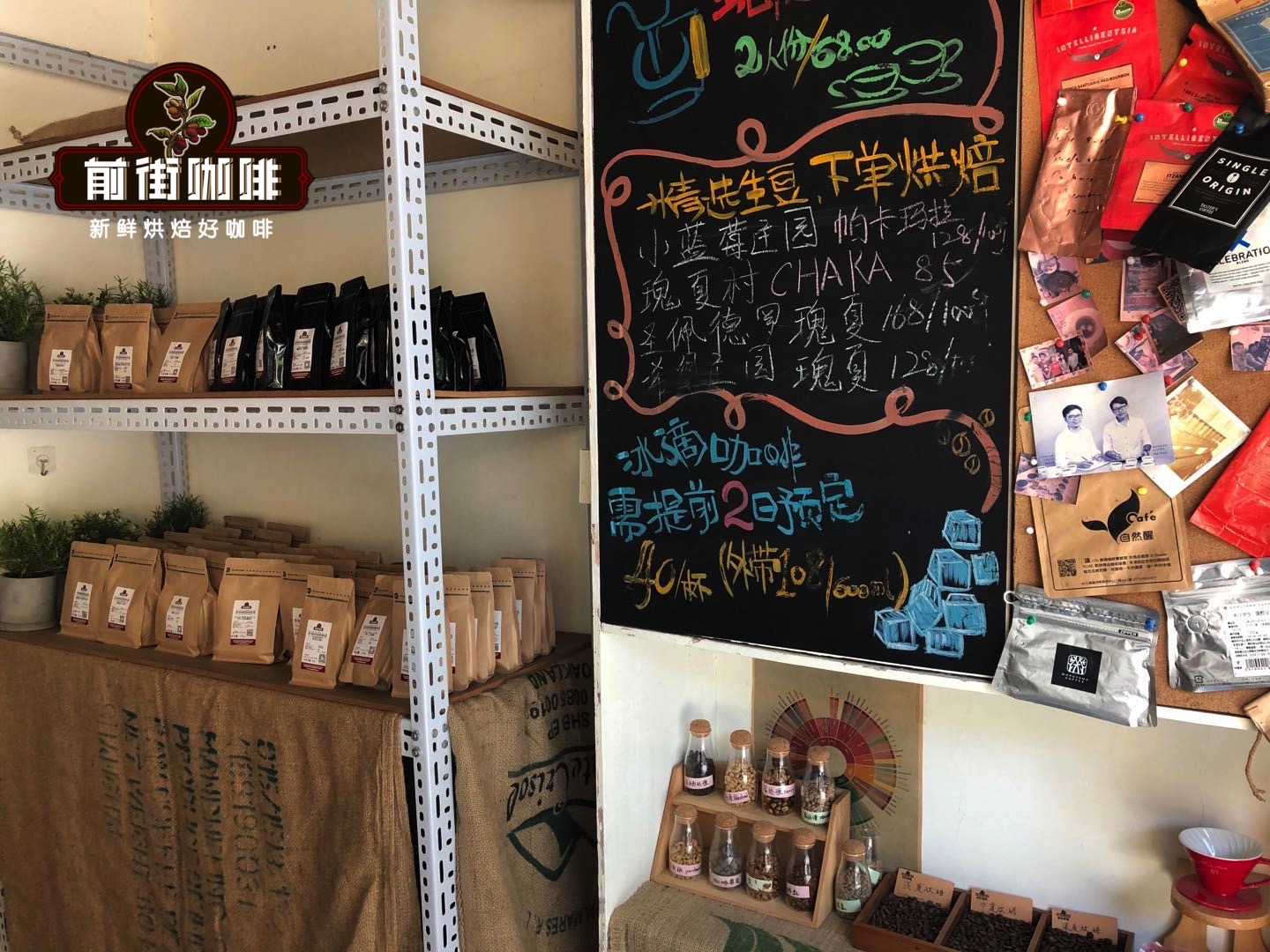
From time to time, some curious friends come to the Qianjie coffee store, who have no preliminary understanding of the boutique coffee, but think that the barista of Qianjie coffee will take them into the pit. In addition, no one wants to "bear hardship", so they come to the bean list in the store, looking at a loss, and can only say, "is there any coffee that is not bitter?" Of course there is! Basically, it's not bitter, it depends on how you choose.
Next, Qianjie Coffee introduces its flavor according to each producing country, allowing people to choose the beans in the producing area they want on the basis of knowing what flavor they want.
Ethiopia
It is well known that Ethiopia is the birthplace of coffee, with a wide variety of coffee beans, including as many as 5, 000 native Ethiopian coffee beans found in the forests of the Kaffa region in the south. It is precisely because of the large number of varieties and the protection of coffee varieties by the government that most of the coffee produced in Ethiopia is named after the "native species" (Heirloom). Ethiopia is located in East Africa, and the country is divided from southwest to north by the Great Rift Valley.
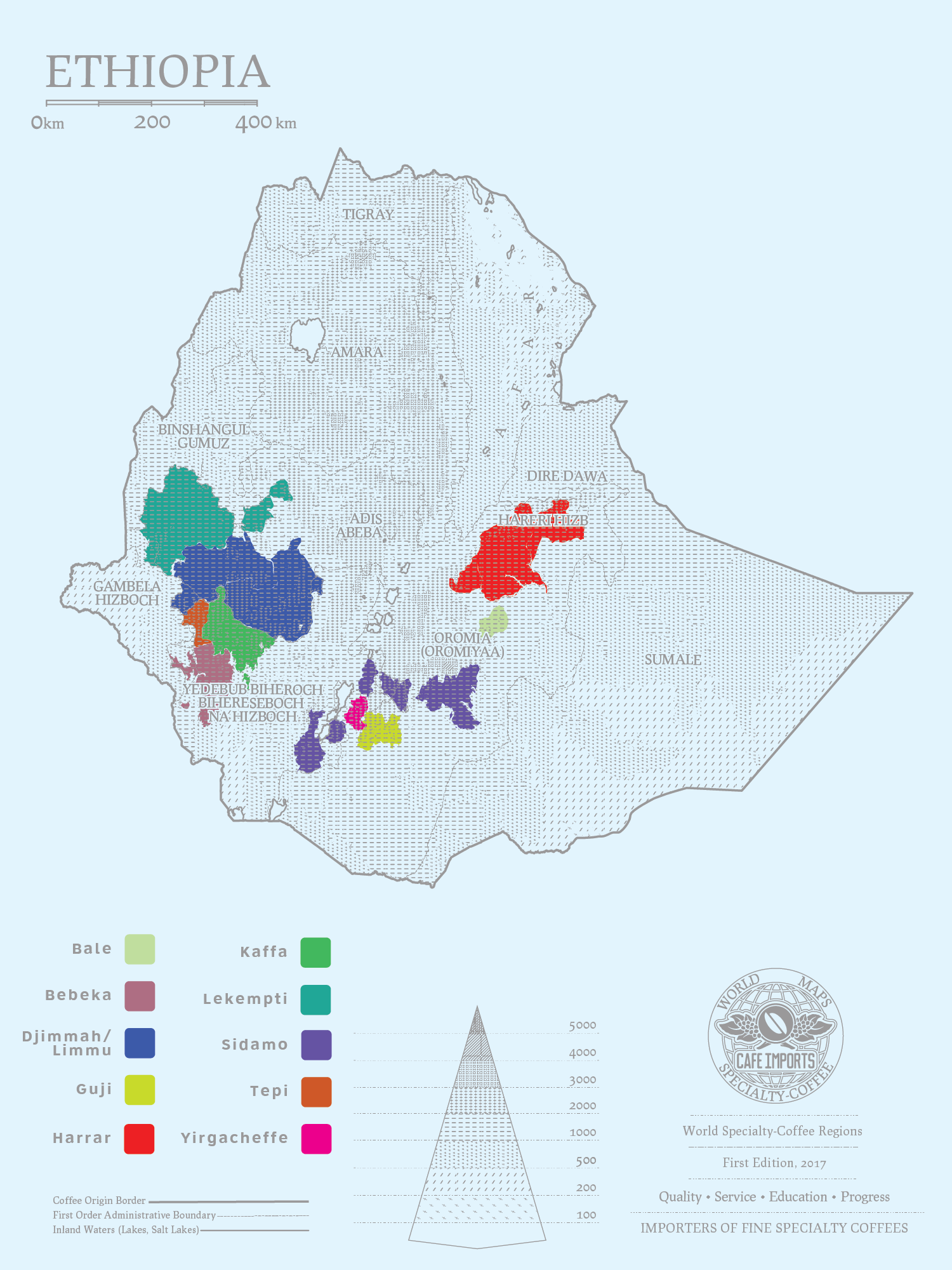
The best-known producing areas in Ethiopia are Yegasuefei and Sidamo, which are the favorite red cherries and Sakuran on the Qianjie coffee bean list. Whether it is the citrus citric acid flavor of Yega Chuefei or the creamy strawberry flavor of Sidamo, many coffee lovers clap their hands.
[Yejasuefei] the Yejasuefi producing area is high above sea level, with an average elevation of 2000 meters. Yejasuefei was once a by-product area under the Sidamo producing area. Later, it became an independent coffee producing area because of the obvious floral flavor of the coffee beans produced by Yega Xuefei. It can be said that Yejia Xuefei is not only the name of a coffee producing area, but also a noun for the description of a specific coffee flavor.
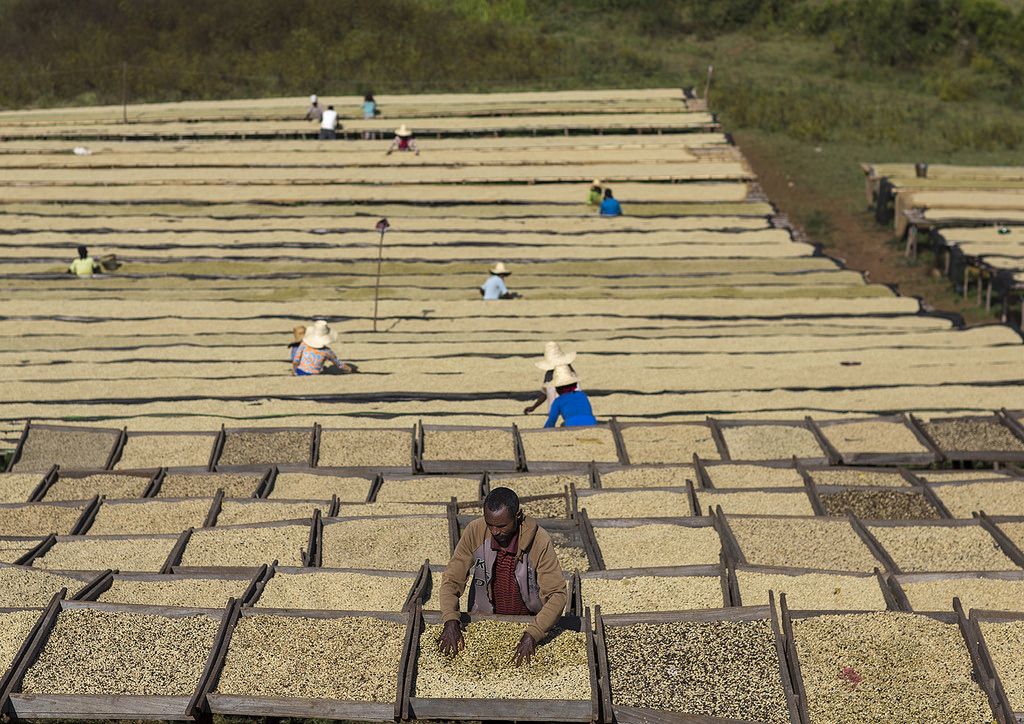
On the other hand, most of the coffee beans in Yejia Xuefei producing area are washed with water, because the taste of Yejia Xuefei is cleaner, the fragrance of flowers is more obvious, and it is more fresh on the whole. The fruit of Qianjie coffee is like this, the entrance has citrus, black tea, flower aroma, with the change of temperature, cream, caramel, almond aftertaste obvious and taste clean and sweet.
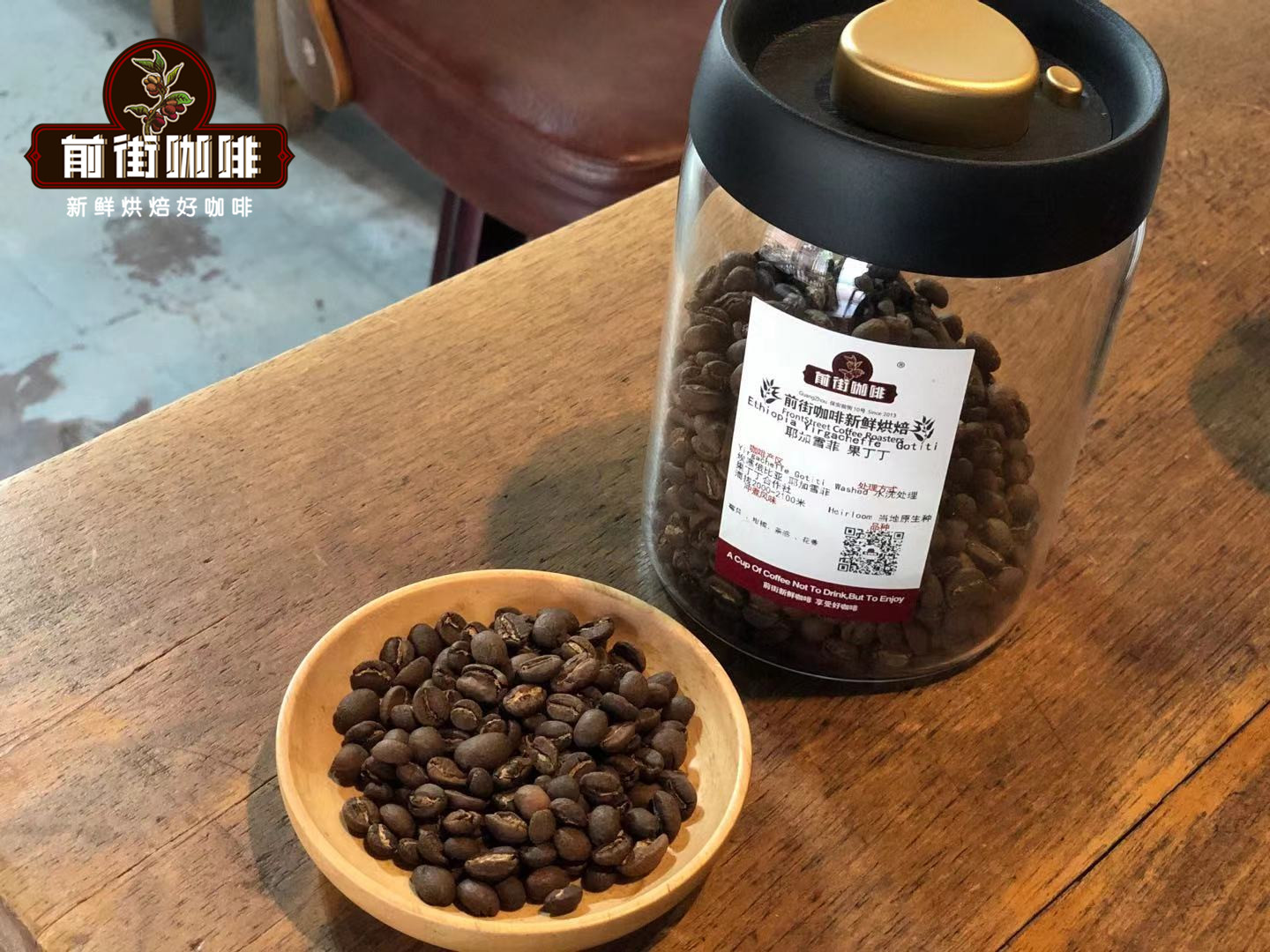
Front Street Coffee Yega Chevy Fruit Ding Ding
Producing area: Yega Xuefei, Ethiopia
Cooperative: Guoding Dingding Cooperative
Altitude: 2000m--2100m
Variety: native species
Treatment method: washing treatment
[Sidamo] the Sidamo region is located in southern Ethiopia, extending to the districts of Arsi and Bale in the east and Gamogofa in the west. Sidamo coffee is cultivated between elevations 1400m-2000m. Most of the coffee beans in the Sidamo area are treated by the sun treatment. Qianjie believes that the sun treatment makes the coffee beans in the Sidamo area have a strong fruity aroma and smooth taste.
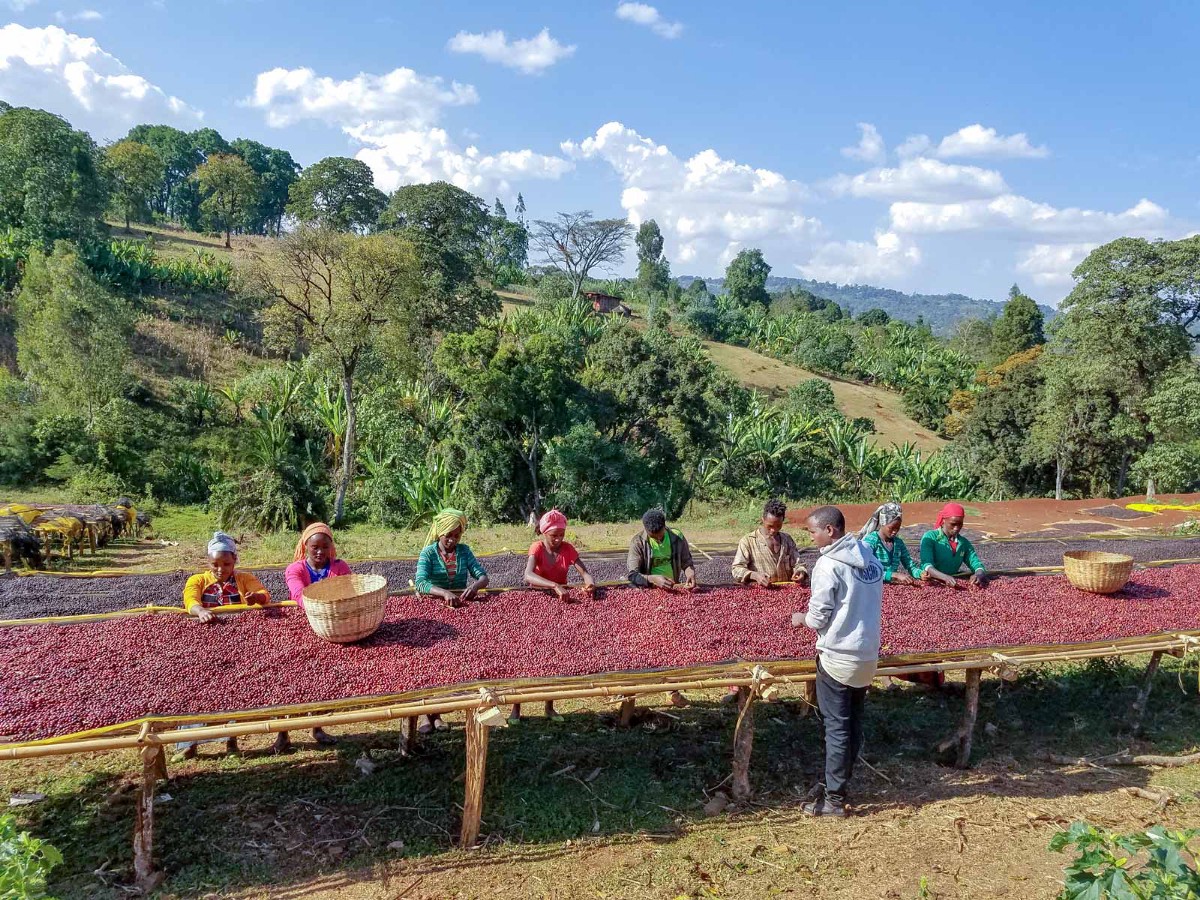
Cedar Moersi, which started with coffee in front of the street, used the sun treatment method. Arsi on the front street smells of berries and honey, with jam-like sweetness all over the mouth, with a nectarine flavor at the end and a juicy taste. After cooling, it is more like a cup of plum and nectarine-flavored juice.
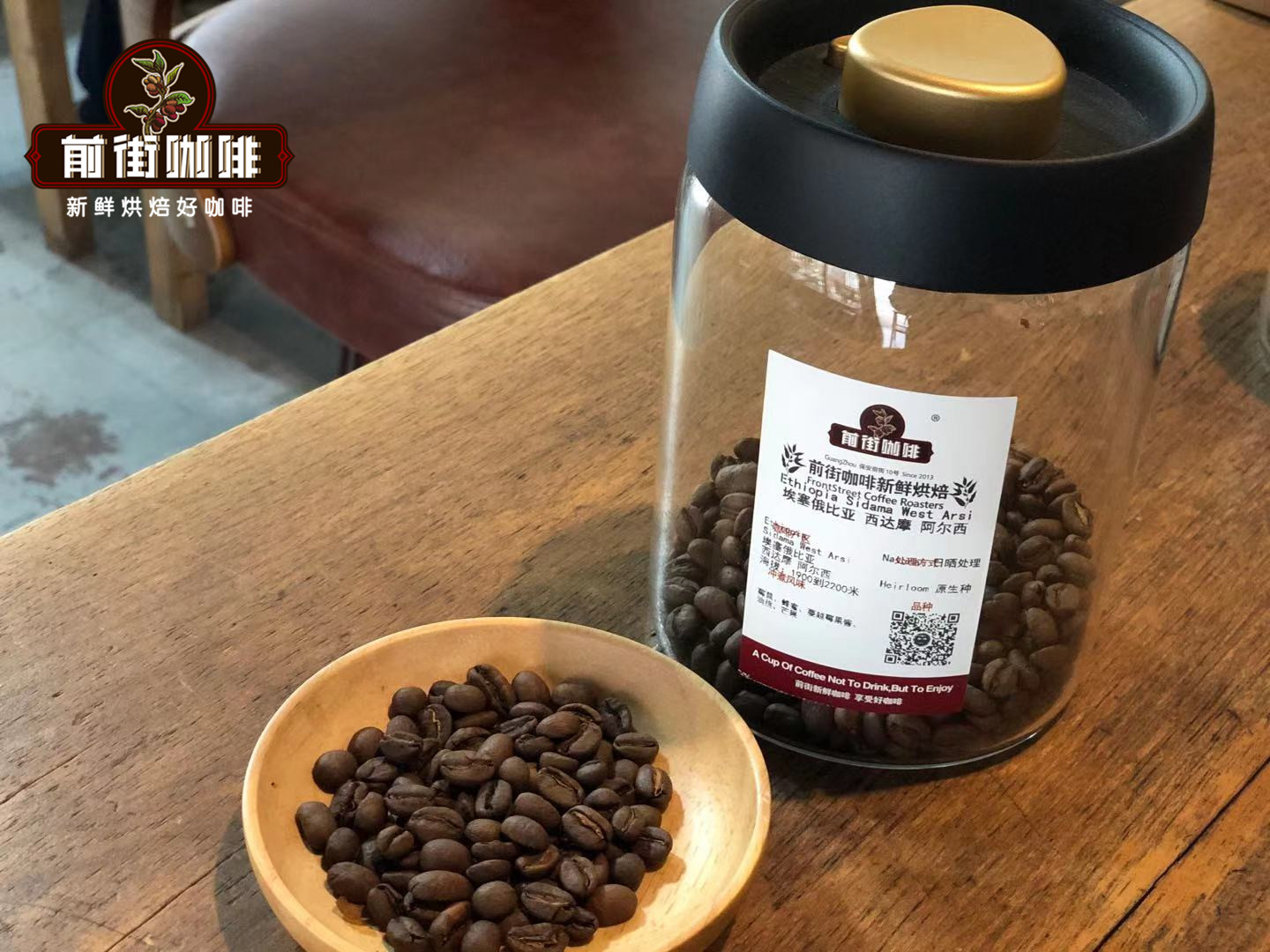
Qianjie Coffee West Damo Alsi
Producing area: West Damoalsi, Ethiopia
Altitude: 1900m--2200m
Variety: native species
Treatment method: sun treatment
Kenya
Kenya is also located in eastern Africa, with the equator running through the central part of the country and the Great Rift Valley stretching north and south. Kenya is bordered by Somalia to the east, Tanzania to the south, Uganda to the west, Ethiopia and Sudan to the north, and the Indian Ocean to the southeast. There are many plateaus in the territory, with an average elevation of 1500 meters.
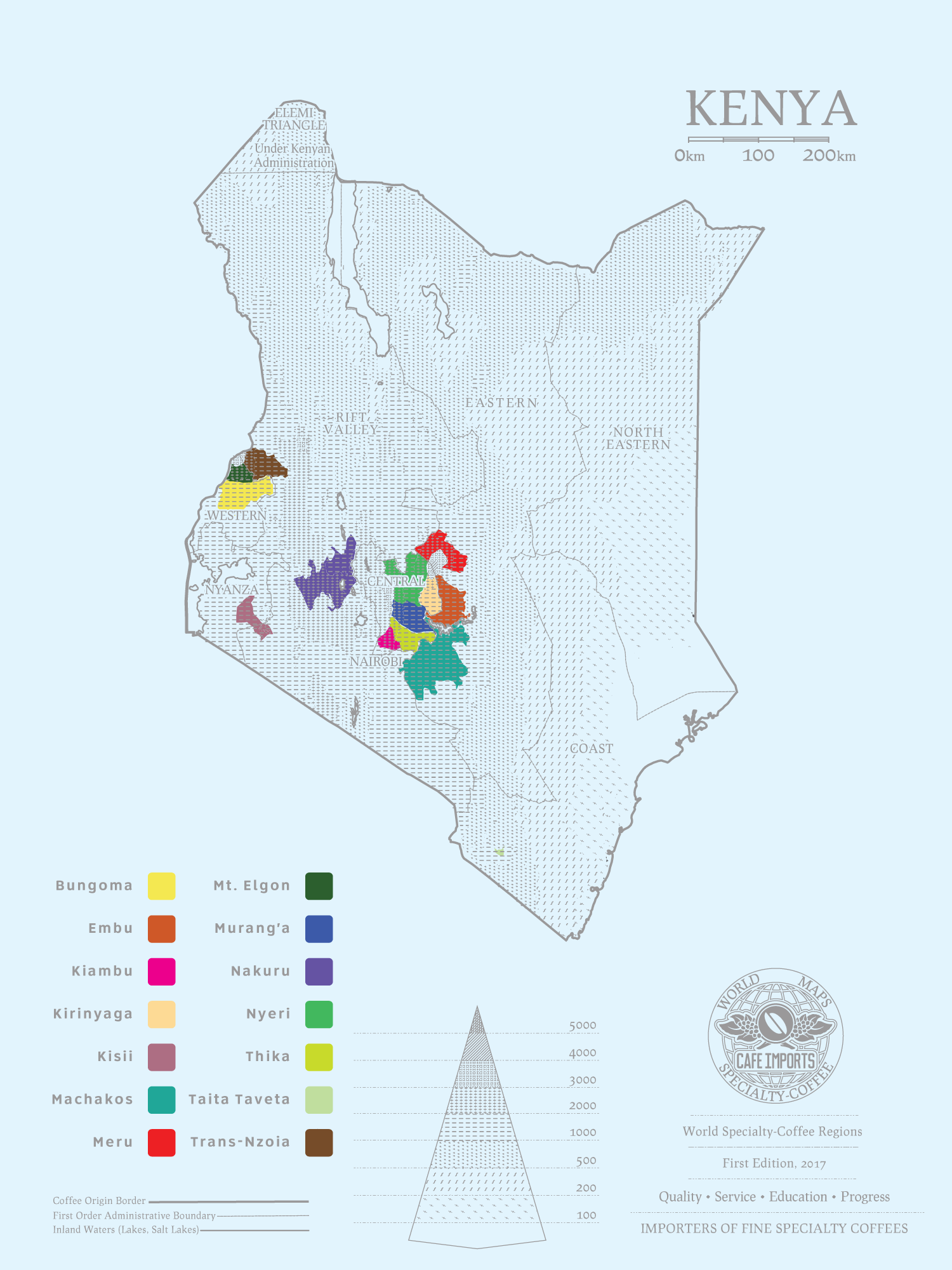
After many cup tests in Qianjie, it is found that Kenyan coffee has bright sour fruit, full and excellent taste, and can experience the berry juice that covers the whole mouth after the entrance, which is the heart of many coffee gluttons.
According to Qianjie's understanding of the basic profile of the Kenyan country, Kenyan coffee is so excellent mainly because of its phosphoric acid-rich soil, unique varieties of coffee beans, and local post-processing of coffee beans.
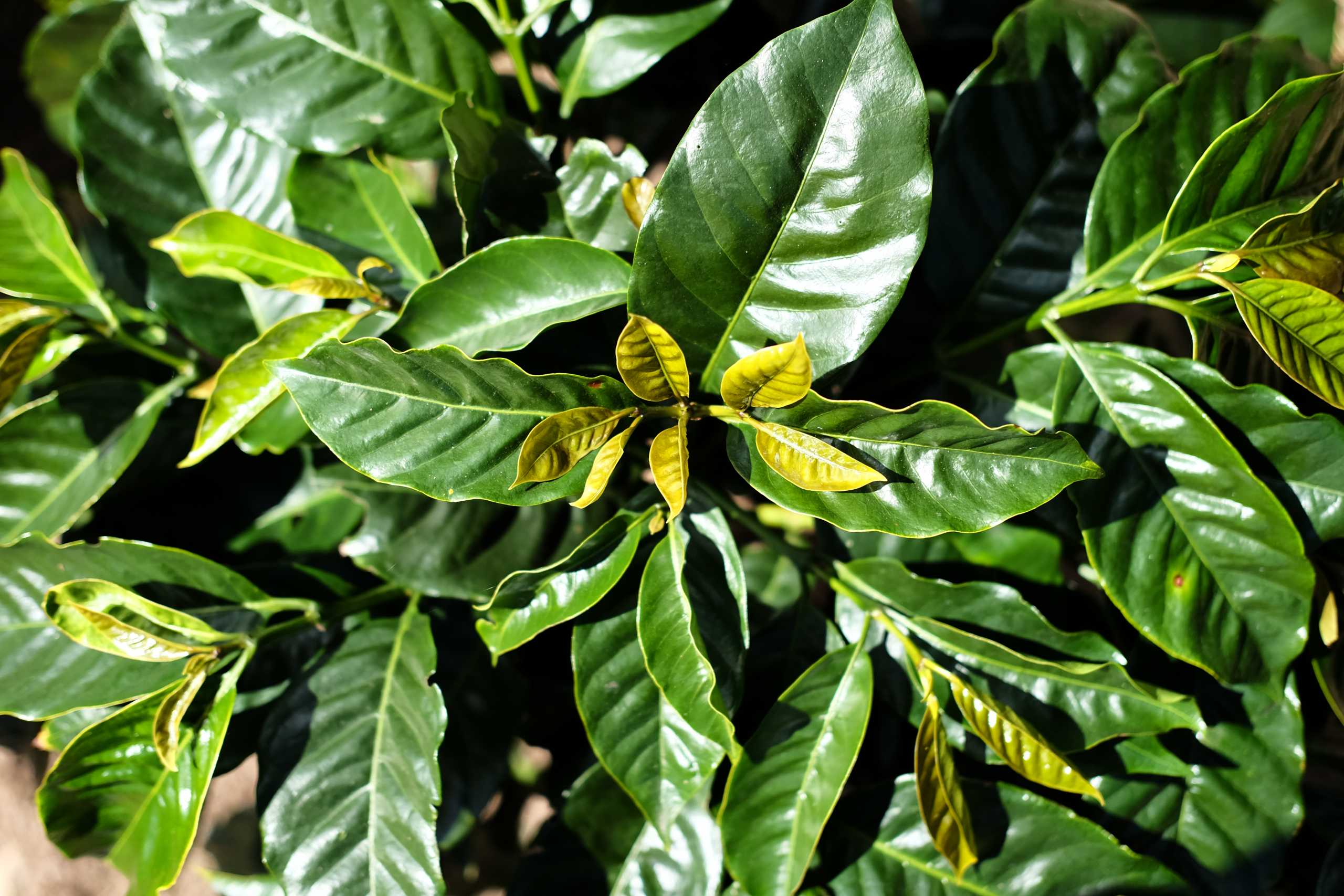
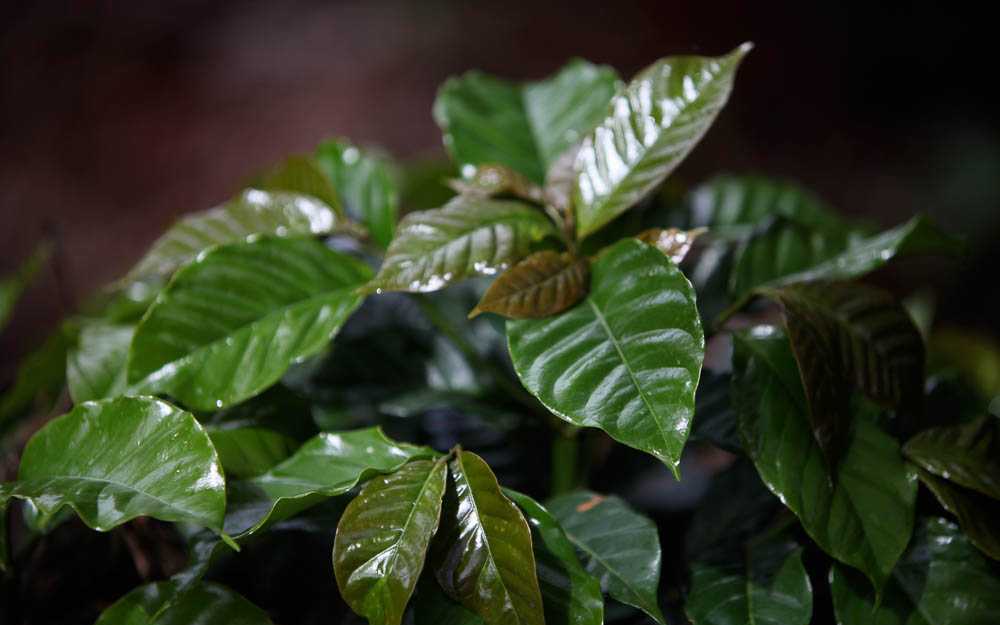
[coffee bean varieties]
In Kenya, SL28 and SL34 are mainly planted locally. These two coffee varieties are from Scott Laboratories. Through Qianjie cup test, it is found that SL28 and SL34 are similar in flavor, both are complex and changeable berry acidity and caramel sweet tail rhyme. Among them, SL34 taste thicker, sour tends to BlackBerry, overall sour-sweet balance, with caramel tail rhyme; SL28 when the temperature drops, tends to blueberry sour, sweeter.
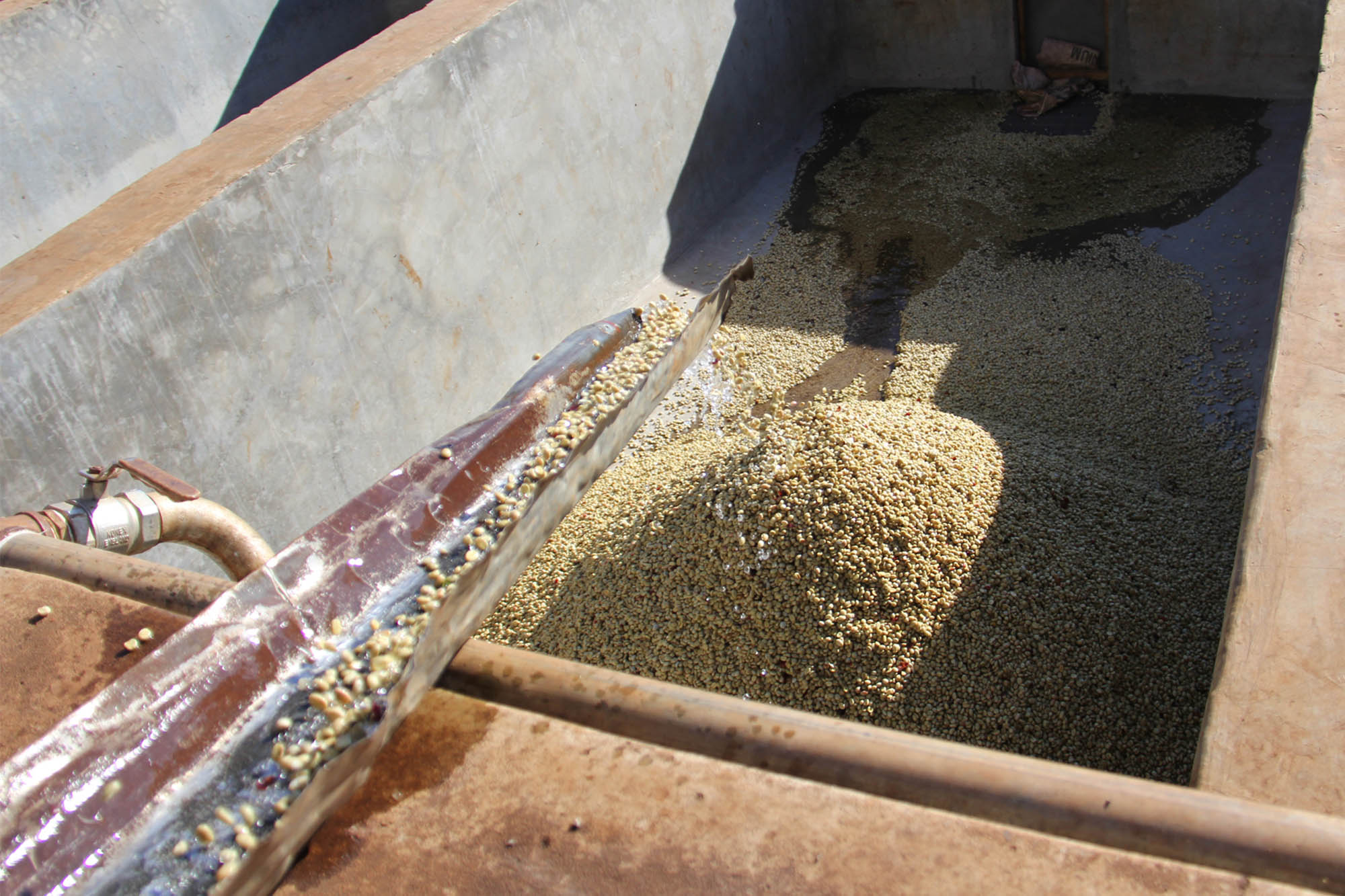
[Kenya K72 washing treatment]
According to Qianjie's understanding, this treatment is improved on the basis of the traditional water washing method. Kenya first adopts the cyclic repeated treatment method of washing after fermentation, which is made after the same day of harvest to screen the best quality coffee berries for peeling and fermentation. The fermentation time is 24 hours, and clean river water is used after 24 hours. Then, it is fermented again with clean river water for 24 hours, then washed, and after 3 cycles, it reaches 72 hours, so it is called Kenyan 72-hour fermentation water washing treatment, referred to as K72 treatment.
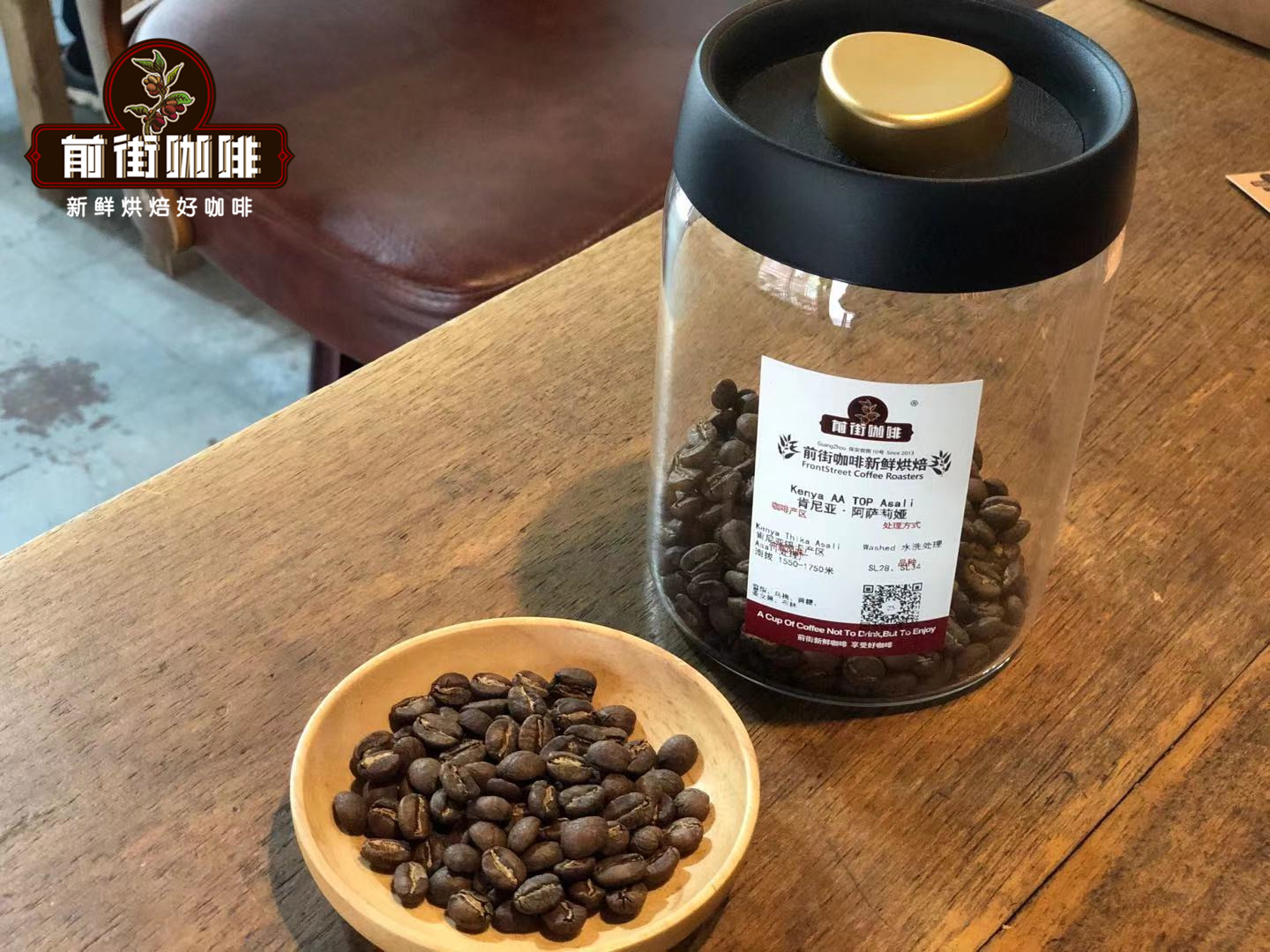
Front Street Coffee Asalia, Kenya
Producing area: Kenya Sika producing area
Processing plant: Asali honey processing plant
Altitude: 1550m--1750m
Varieties: SL28, SL34
Treatment method: K72 washing
This Kenyan wet fragrance in Qianjie has ripe tomato and flower aromas, imported virgin fruit and black plum flavor, bright acidity, clean and rich taste, outstanding sweetness in the middle, juicy, sweet berry and yellow sugar on the finish, and green tea aroma.
Costa Rica
If you want to ask Qianjie, if the coffee flavor of a country is represented by sweetness, honey-treated coffee beans must be mentioned. The post-processing method of Costa Rican coffee beans mostly uses honey treatment, and it is also because of the word "honey" that many coffee Xiaobai mistakenly think that honey treatment has been added. In fact, it is not, it is the pectin of coffee, honey treatment is a theoretical general name.
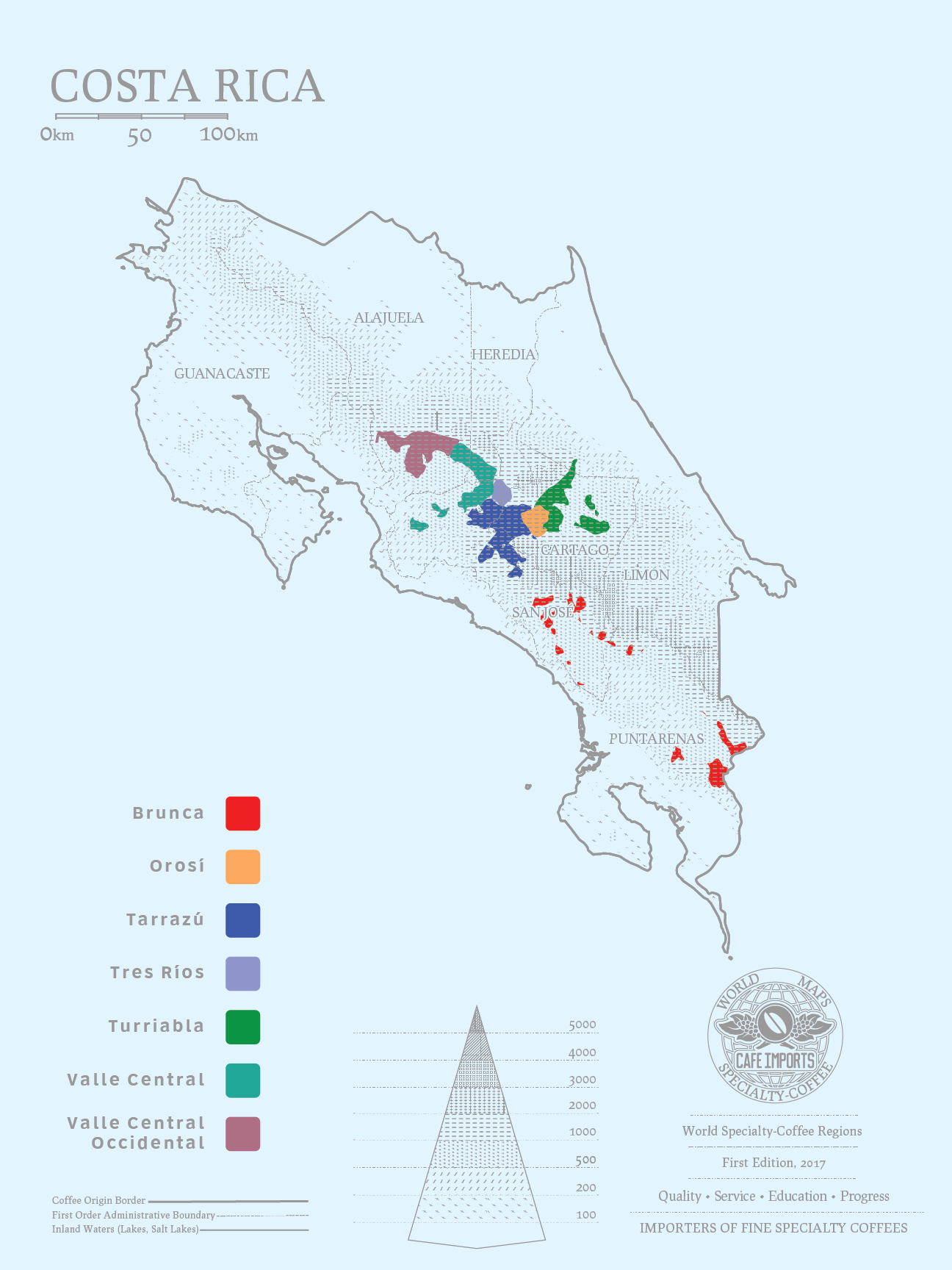
Costa Rica is located in Central America, the producing country has fertile volcanic soil and good drainage, especially the central plateau Central Plateau, the volcanic terrain has fertile volcanic ash, mild and suitable temperature, stable and abundant rainfall, become an essential factor for growing good coffee.
Among them, Tarazhu, located in the south of San Jos é, the capital of Costa Rica, is one of the most important coffee growing areas in the country and is also a world-famous producing area. The producing area is 1200-1700 meters above sea level, and the beans produced are of high acidity, hard and full-bodied, and rich in fragrance. The main feature is that the high seafood area creates an unparalleled perfect taste.
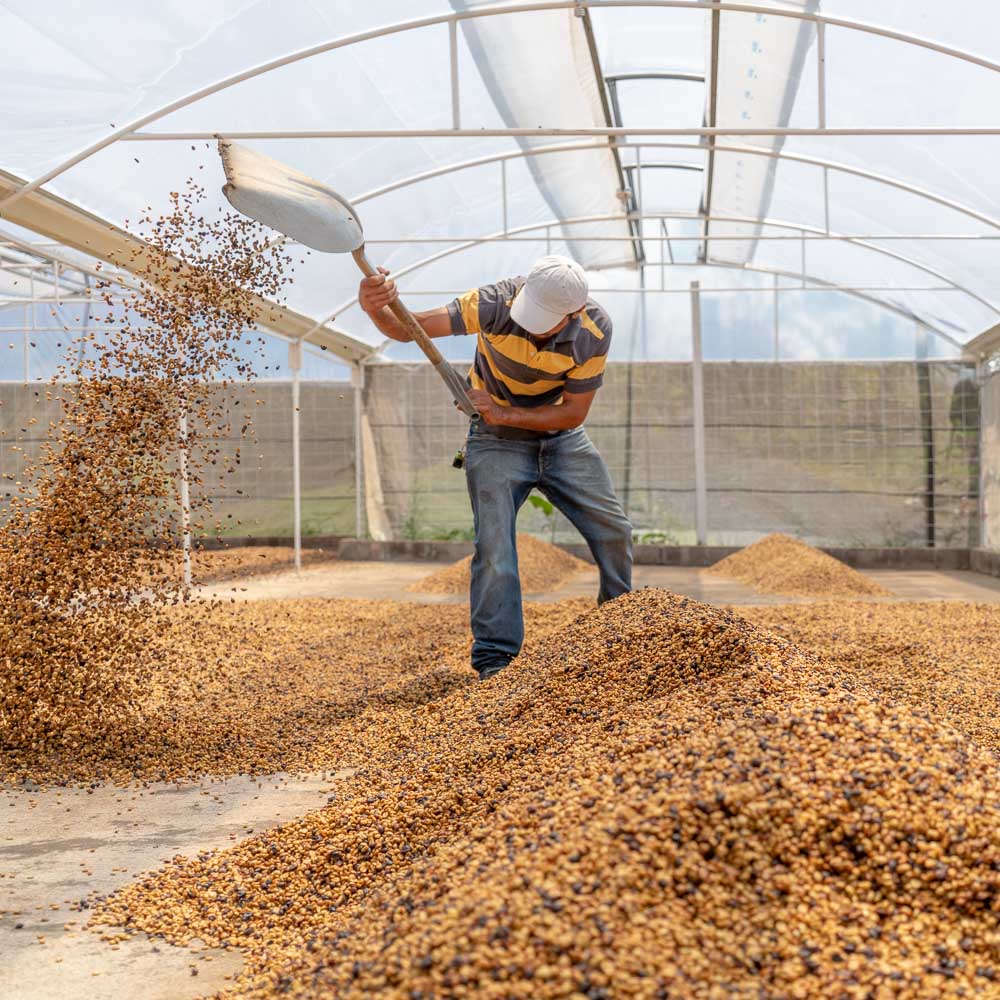
The Bach coffee beans of Qianjie Coffee come from Tara Zhu area, from Carnett Manor, and are treated with raisin honey. The Bach in the front street smells like the fermented aroma of rice wine, with ripe tropical fruits, sweet and sour berries, nuts, cream, caramel and a hint of flowers in the finish.
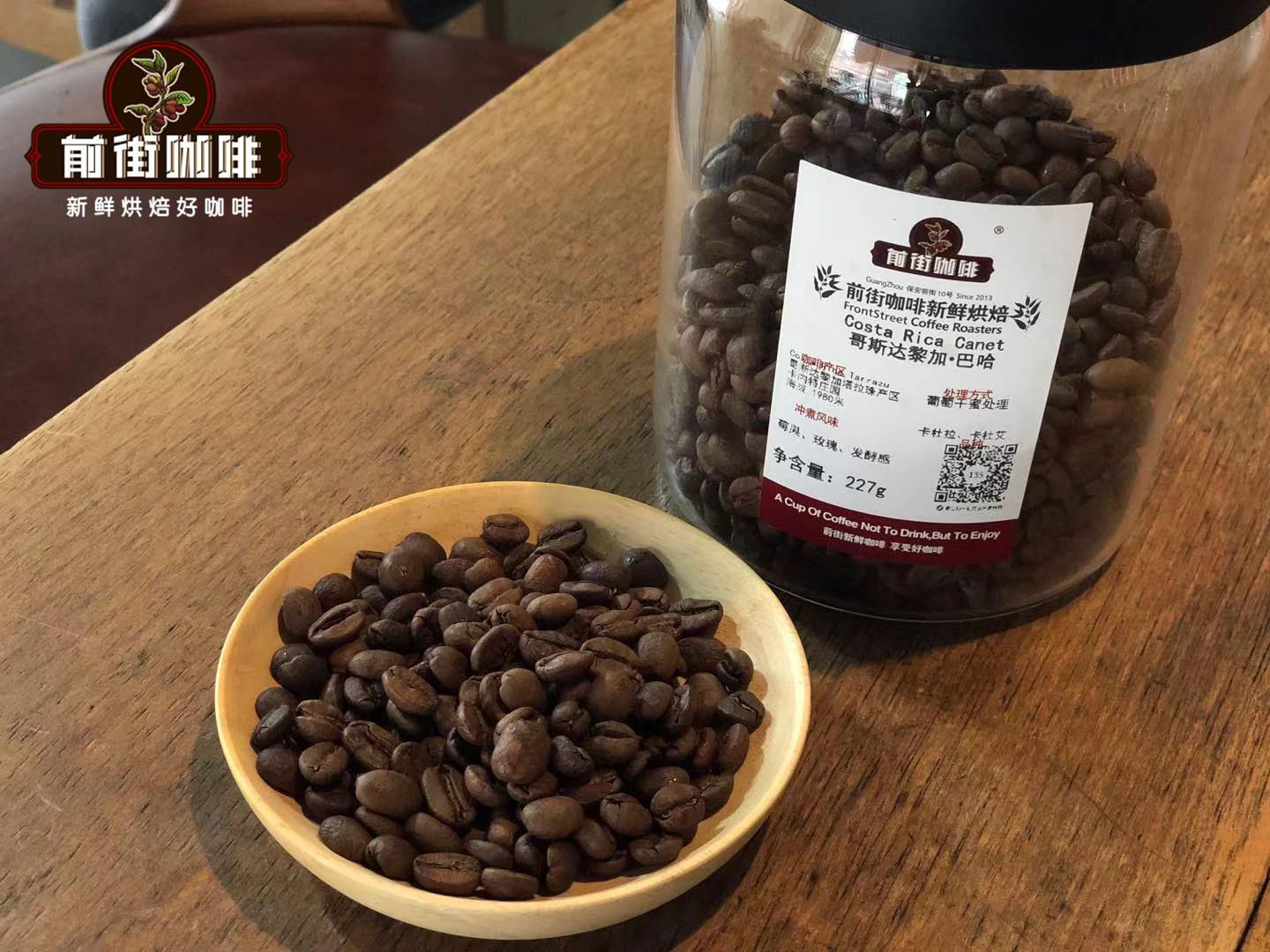
Front Street Coffee, Costa Rica Bach.
Producing area: Tarazhu, Costa Rica
Manor: Carnett Manor
Altitude: 1980m
Variety: Kaddura, Kaduai
Treatment method: raisin honey treatment
Brazil
Brazilian coffee is notoriously supple, thanks to the sun-exposed cultivation of local coffee, which means that coffee plants are exposed to sunlight for a long time, absorb enough calories and mature in a short period of time. It is precisely because the ripening time is shortened, the coffee beans do not absorb enough substances, and the beans are softer.
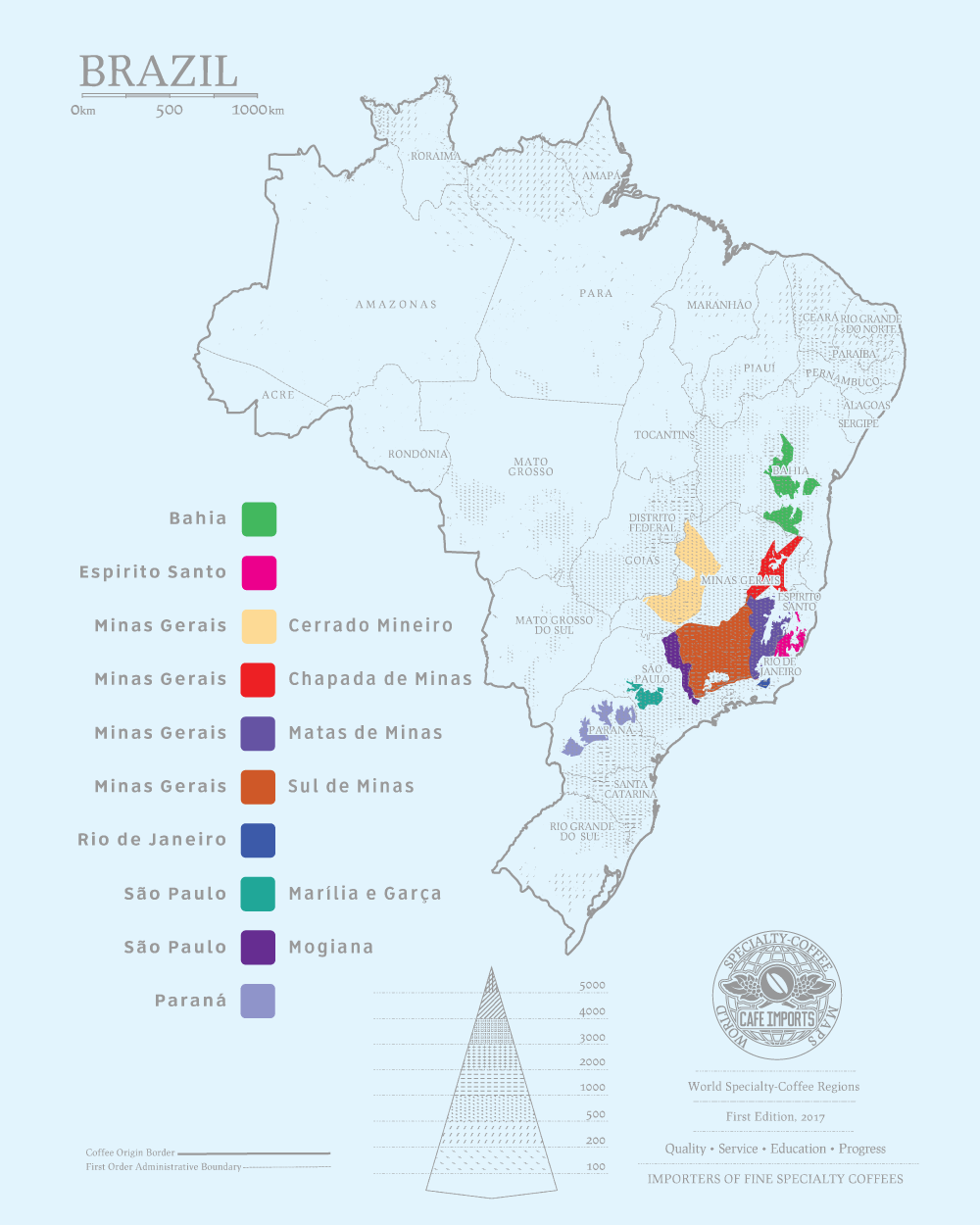
After testing a variety of Brazilian coffee beans in the front street, it is found that in addition to the softness of the entrance, Brazilian coffee has low acidity and obvious chocolate mellow flavor and nutty sweetness, which is a typical nutty coffee. The Brazilian Queen Manor of the front street coffee is like this. After the entrance of the Brazilian queen in the front street, the taste is obviously sweet, with a hint of lemon aroma, with a strong nutty flavor, and the latter part has an obvious dark chocolate flavor. The overall feeling is relatively round. It is a coffee bean that can represent the overall characteristics of Brazilian coffee, while reflecting its own unique liveliness.
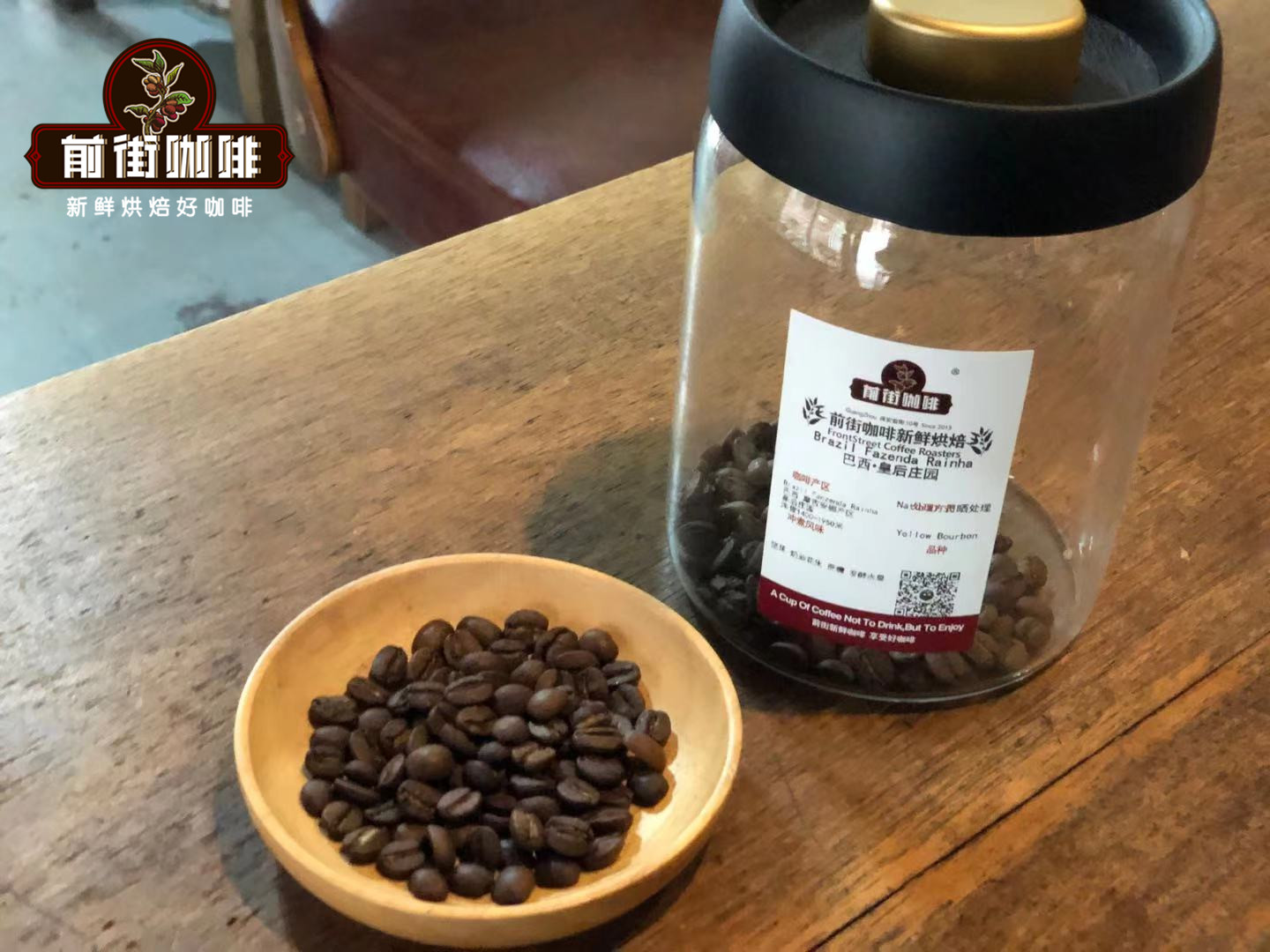
Qianjie Coffee Queen Manor of Brazil
Producing area: Mojiana, Brazil
Manor: Queen's Manor
Altitude: 1400m--1950m
Variety: yellow bourbon
Treatment method: sun treatment
Indonesia
Qianjie feels that Manning is the most representative coffee in Indonesia. The flavor of Mantening coffee is related to the local treatment. Due to the changeable local weather, more Rain Water, and the poor economy, the washing method can not be applied, so there is a wet planing method. Wet planing is a traditional coffee treatment in Indonesia, but from the point of view of the name, the wet planing method is very similar to the wet treatment (water washing treatment). However, the cup flavor of the two treatments is very different, and the coffee treated by wet planing is usually mellow and strong. Very distinctive personality.
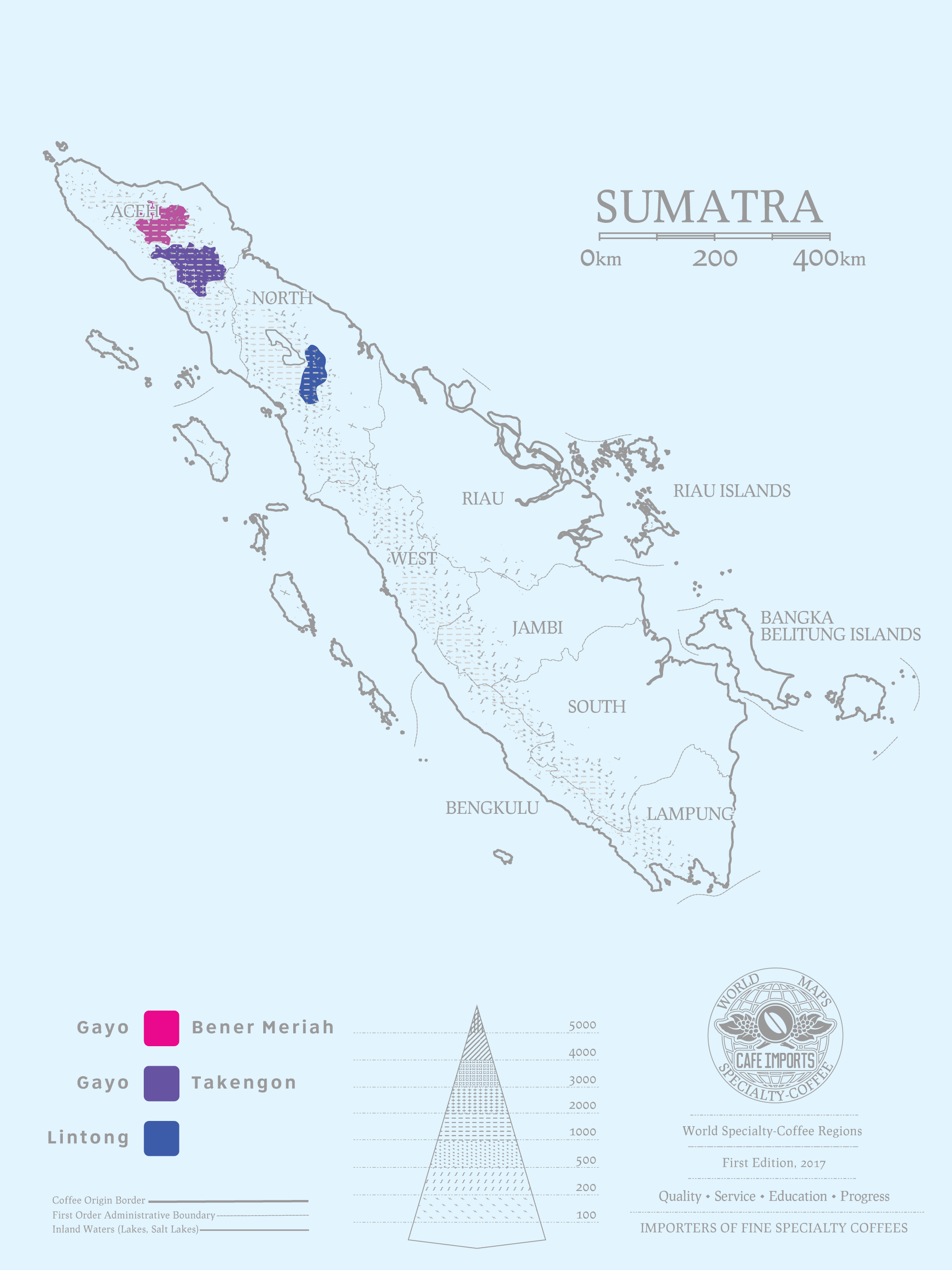
Qianjie Gold Manning has a specification of more than 18 mesh and less than 3 defective beans (300g raw bean samples), belonging to the highest grade G1, dark green and neatly shaped flat beans. After strict screening of Golden Manning, Qianjie Coffee not only does not have the unique soil flavor of ordinary Mantenin, but also tastes cleaner and brighter, and the fragrance and sweetness is stronger.
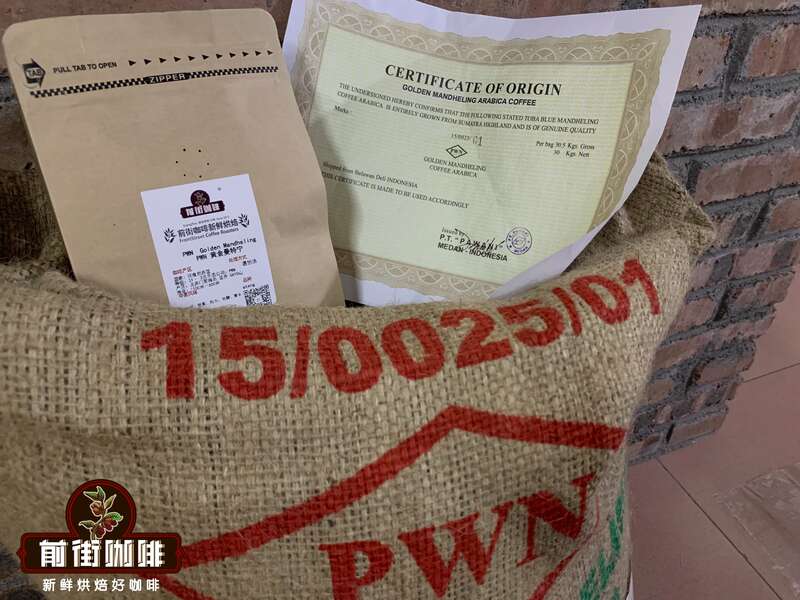
Qianjie Coffee Indonesia Gold Manning
Producing area: Mount Gayo in Aceh, Sumatra, Indonesia
Altitude: 1100m--1600m
Variety: iron pickup
Treatment method: wet planing method
For more information about coffee beans, please follow the coffee workshop (Wechat official account cafe_style)
For professional coffee knowledge exchange, please add Wechat account kaixinguoguo0925.
Important Notice :
前街咖啡 FrontStreet Coffee has moved to new addredd:
FrontStreet Coffee Address: 315,Donghua East Road,GuangZhou
Tel:020 38364473
- Prev

The origin story of the six types of coffee refers to which kinds of coffee they often drink.
Professional coffee knowledge exchange more coffee bean information Please follow the coffee workshop (Wechat official account cafe_style). You who drink coffee every day know their names like the back of your hand, but how much do you know about the allusions, history and definitions behind them? When I go out to eat, I have no idea about the names of many dishes on the menu. In fact, each dish has its own unique local characteristics and history. Instead of asking the waiter, no.
- Next
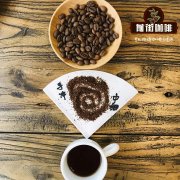
How to grind coffee beans? what is the grinding degree of coffee beans? what's the knack for choosing a bean grinder?
Professional coffee knowledge exchange more coffee bean information please follow the coffee workshop (Wechat official account cafe_style) [preface] the first few articles show you how to choose the right hand brewing utensils and coffee beans, today I will tell you how fine the coffee beans should be ground. The roughness of grinding not only affects the extraction rate of these substances, but also greatly affects the flavor of coffee. The finer you grind
Related
- Beginners will see the "Coffee pull flower" guide!
- What is the difference between ice blog purified milk and ordinary milk coffee?
- Why is the Philippines the largest producer of crops in Liberia?
- For coffee extraction, should the fine powder be retained?
- How does extracted espresso fill pressed powder? How much strength does it take to press the powder?
- How to make jasmine cold extract coffee? Is the jasmine + latte good?
- Will this little toy really make the coffee taste better? How does Lily Drip affect coffee extraction?
- Will the action of slapping the filter cup also affect coffee extraction?
- What's the difference between powder-to-water ratio and powder-to-liquid ratio?
- What is the Ethiopian local species? What does it have to do with Heirloom native species?

